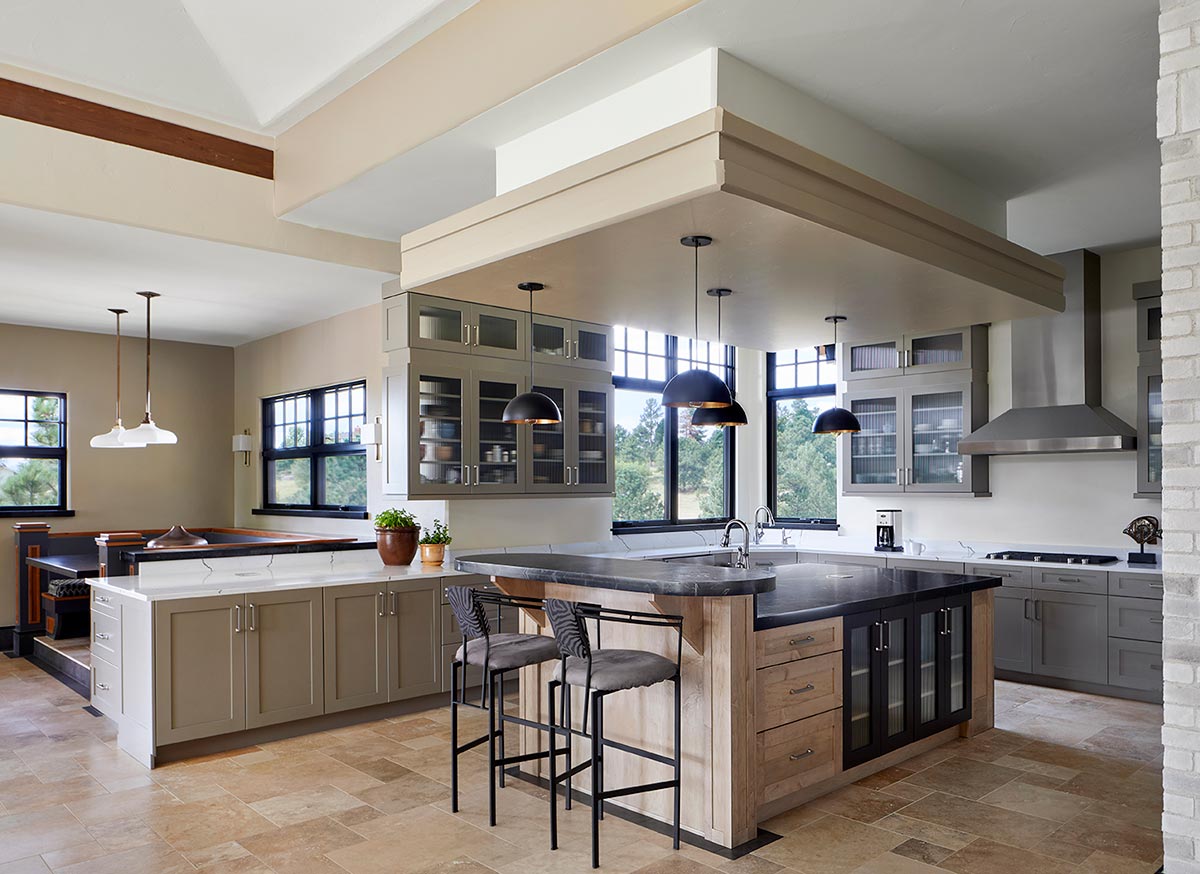Choosing Color Schemes for Homes: A Guide

The art of selecting the right Color Schemes for Homes goes beyond mere aesthetics; it is a reflection of personal taste, mood, and the desired ambiance. In this guide, we delve into the intricacies of color selection, exploring uncommon terminology and providing insights to assist you in creating a harmonious and visually captivating home.
Table of Contents
ToggleUnderstanding the Basics
Before delving into the world of intricate color palettes, it’s crucial to understand the basics of color theory. The color wheel, comprising primary, secondary, and tertiary colors, serves as a foundation for crafting cohesive color schemes. Understanding complementary, analogous, and triadic relationships provides a starting point for creating visually appealing combinations.
Embracing Monochromatic Elegance
Color Schemes for Homes can exude elegance through a monochromatic approach. This involves utilizing varying shades and tones of a single color. The result is a sophisticated and cohesive look that allows for subtle variations without overwhelming the senses. Consider a monochromatic palette for a timeless and refined aesthetic.
Contrasting with Complementary Colors
For a bolder statement, consider a palette of complementary colors—those positioned opposite each other on the color wheel. This creates a dynamic and high-contrast effect. However, exercising restraint is key to avoiding visual chaos. Select one dominant color and use its complementary counterpart as an accent to achieve a striking yet balanced look.
Harmonizing with Analogous Hues
Analogous color schemes involve selecting colors that sit adjacent to each other on the color wheel. This creates a harmonious and serene atmosphere, ideal for spaces where a sense of unity is desired. Gradual transitions between hues contribute to a seamless flow, making analogous schemes suitable for creating tranquil and cohesive interiors.
Playing with Triadic Dynamics
For a more vibrant and diverse approach, triadic color schemes involve selecting three evenly spaced colors on the color wheel. This creates a balanced and visually interesting palette. To maintain harmony, designate one color as the dominant hue and use the others as accents. Triadic schemes inject energy into a space while ensuring a sense of equilibrium.
Considering Tetradic Complexity
For those seeking a rich and nuanced color palette, tetradic schemes involve selecting four colors in the form of two complementary pairs. This approach allows for a myriad of possibilities, including the creation of a primary color dominance with secondary color accents. Tetradic color schemes are versatile but require careful balancing to avoid overwhelming visual complexity.
Exploring Split-Complementary Balance
A subtle variation of the complementary scheme, the split-complementary approach involves selecting a base color and the two adjacent to its complementary color. This results in a balanced and visually appealing palette with a contrasting element. It offers the dynamic impact of complementary colors without the intensity, making it suitable for a range of design styles.
Creating Depth with Triadic Split Harmonies
Triadic split harmonies involve selecting three colors evenly spaced around the color wheel, while skipping one color between each. This approach offers both contrast and color variety, creating a visually interesting and balanced scheme. The triadic split harmony is versatile, allowing for creative expression while maintaining a cohesive design.
Utilizing Shades, Tints, and Tones
Understanding the concepts of shades, tints, and tones adds depth to the exploration of Color Schemes for Homes. Shades are created by adding black to a color, tints by adding white, and tones by adding both black and white. This nuanced understanding empowers homeowners to play with variations of a single color, infusing subtlety and sophistication into the design.
Considering the Psychology of Color
The psychology of color plays a pivotal role in creating atmospheres within living spaces. Warm colors like reds and yellows evoke energy and vibrancy, while cool colors like blues and greens instill calmness. Neutral colors provide versatility and a timeless backdrop. Understanding the psychological impact of colors enables intentional design choices that resonate with desired emotions.
Harnessing Accent Colors
Accent colors, strategically introduced within a color scheme, serve as focal points and inject personality into a space. Whether through vibrant furniture, statement accessories, or accent walls, these pops of color draw attention and contribute to the overall visual interest of a room. Selecting accent colors requires a delicate balance to avoid overpowering the primary scheme.
Testing and Sampling
The importance of testing and sampling cannot be overstated when selecting Color Schemes for Homes. Lighting conditions, room size, and existing furnishings can significantly influence how colors appear. Sampling small sections and observing them under various lighting conditions ensures that the chosen colors align with the envisioned aesthetic.
Balancing Warm and Cool Tones
Achieving balance between warm and cool tones is crucial for creating a harmonious atmosphere. Warm tones, such as reds and yellows, infuse energy and vibrancy, while cool tones, like blues and greens, impart a sense of calmness. Striking the right balance ensures a space that feels inviting and well-coordinated.
Personalizing with Neutrals
While exploring vibrant color palettes is exhilarating, neutrals remain timeless and versatile. Whites, grays, and beiges provide a neutral canvas that allows for dynamic accents and easy adaptability to changing design trends. Neutrals serve as a foundation, offering a sense of calm sophistication while allowing personal style to shine through.
Conclusion
In the intricate world of Color Schemes for Homes, the journey involves a delicate dance between personal preference, design principles, and the psychology of color. From monochromatic elegance to dynamic triadic schemes, each approach has its unique charm. The key lies in understanding the nuances, experimenting, and ultimately creating a home that not only looks beautiful but also feels authentically yours.





